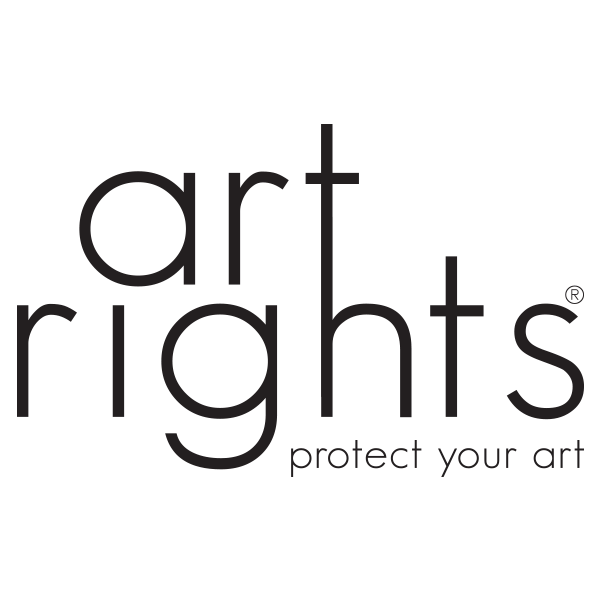How to Create an Art Community
A strong community is a valuable tool for developing your business in the world of art
Art Rights Magazine in collaboration with ArtBackers.Agency dedicate the first column to Cultural Marketing, to the discovery of digital strategies for art professionals and their protagonists.
The column to get a preview of the techniques, methodologies and secrets of communication: an access key to the world of Art 3.0
Communities have been part of our organizational nature since ancient times: in fact, man has always lived within groups or communities with which he shares social status, interests or emotional ties.
Today, with the spread of the web and social media, communities have taken on a more fluid, and more immediate, appearance, capable of creating deep connections that today’s users are increasingly looking for.
The power of community has not escaped the notice of fashion or beauty brands, which have understood the opportunities offered by this phenomenon. Although late, the art world is also learning to reap the benefits of a cohesive community in terms of digital strategy.
What keeps people in communities together?
The bond built based on a common interest, a shared passion. That’s what causes them to communicate, what entices them to share, to collaborate.
In this sense, art has a strong aggregating power and, through its values, stimulates the involvement and emotional participation of users. Art communities can be of many types: of enthusiasts, or of insiders, collectors, art students or “friends of museums”.
Let’s see now what are the basic steps to create an art community:
1. Define goals and strategy
Building, maintaining and developing an online community requires an appropriate strategy, which depends on the goal you want to achieve, the target audience to involve and the identity of your brand. For example, if you are a contemporary art museum that wants to increase the number of visitors, your community will be made up of contemporary art lovers of all ages, not just insiders, local or not, who love to live artistic and cultural experiences.
Very important, at this stage, is to establish the channels to be used for the development of the online community, which must be those most used by your target audience and those that you are sure you will use consistently and carefully. The most commonly used channels are social media, especially Facebook and LinkedIn groups.
In this phase, you’ll need to determine the content to be organized into an editorial plan and establish metrics to monitor the progress of your community and the effectiveness of your communication strategy.
2. Define and make public the policy
In order for a community to function effectively, there must be rules of conduct to guide it. That’s why it is very important to establish a governance, that is a set of provisions that regulate the life of the community. In particular, one of the most important tools is the so-called netiquette, that is the set of rules that define what you can do and what is absolutely forbidden.
3. Establish the team
In order to build a healthy and long-lived community, it is important to have the right team of competent people or use professionals or digital communication agencies such as Art Backers Agency. Generally speaking, these professionals should be: the Community Manager, the Content Manager, the Social Media Manager, the Analyst and the Graphic Designer or Designer.
4. Create the right content
Building an online community is only possible if you build content that can first attract interested people and then continue to engage them over time.
The content designed for your virtual community must activate people, encourage dialogue, questions, sharing, the telling of personal experiences and must make the members who participate in the life of the brand feel important and special. In short, they must have a strong engagement.
Very often it’s the community members themselves who give creative ideas, so it’s very important to listen to feedback and turn it into useful insights for the development of initiatives.
5. Meet your community
Make it possible to meet your community: if you are an artist through appointments at your exhibitions and studio visits, if you are a gallery with meetings specifically designed for the community, unique and at different times from the vernissage of an exhibition, if you are a museum thanks to special guided tours or thanks to the intervention of the curator or director. Events that allow your audience to know you in a deeper way.
Managing an online community is very complicated, it is a job in all respects, and to succeed you will need specific and essential skills. It is therefore of fundamental importance to choose the right professionals because on this will depend the success or otherwise of your community.
Art Rights‘ Art Concierge is the largest Community of Art Professionals who can help you manage, enhance and promote your art!
And you, have you already created your Art Community?
Photo Credits: BR Howard






